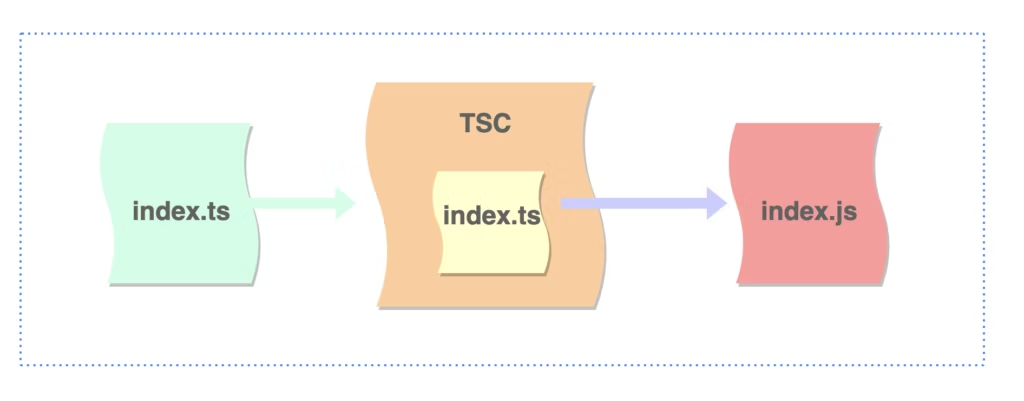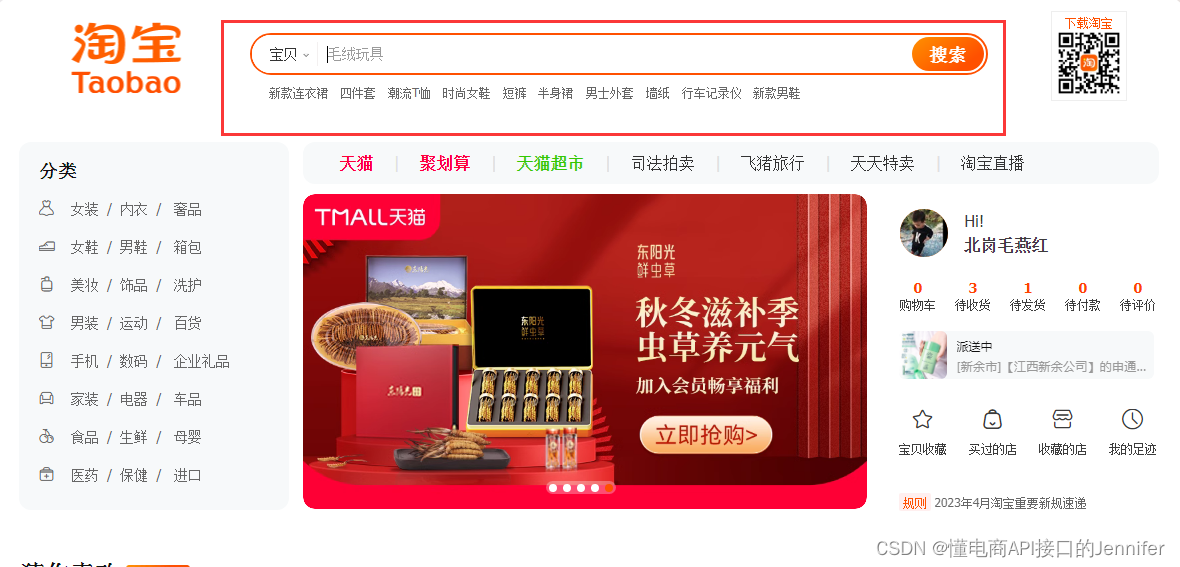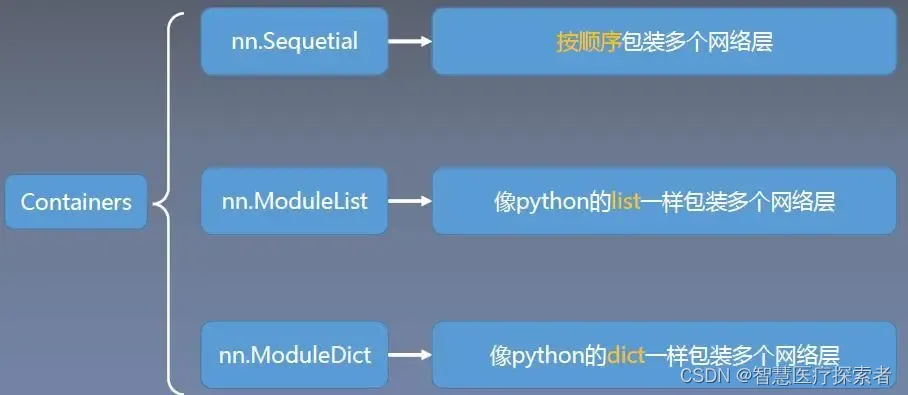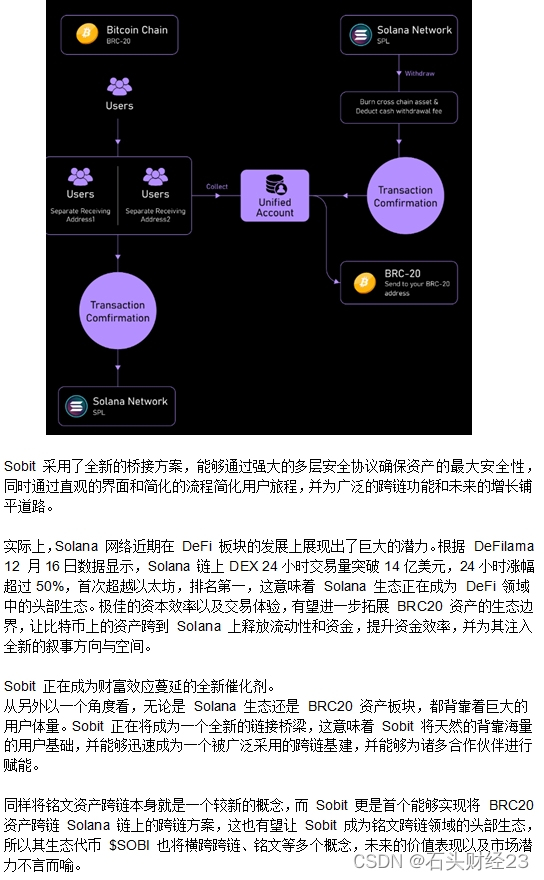文章目录
- 前言
- 一、pandas是什么?
- 二、使用步骤
- 1.引入库
- 2.读入数据
- 总结
一.盒子模型概述
HTML中的盒子模型是一种用于描述和布局元素的概念。每个 HTML 元素都可以被表示为一个矩形的盒子,这个盒子包括四个部分:内容区域、内边距、边框和外边距。
- 内容区域(content area):盒子的实际内容,例如文本、图像或其他元素。
- 内边距(padding):内容区域和边框之间的空白区域。可以使用 CSS 属性设置内边距的大小。
- 边框(border):包围内容区域和内边距的线条。可以使用 CSS 属性设置边框的样式、宽度和颜色。
- 外边距(margin):边框和相邻元素之间的空白区域。可以使用 CSS 属性设置外边距的大小。

这些部分的组合形成了一个完整的盒子,它们的大小和位置可以通过 CSS 属性进行调整。盒子模型是用于控制元素在页面上的布局和定位的重要概念,它影响到元素的尺寸、位置和与其他元素的关系。
二.边框
boder-color
#所有边框为同色
boder-color:#颜色
#语法中设置的颜色会按照顺时针顺序显示即:上,右,下,中,边框颜色
boder-color: red blue pink yellow
boder-width
#所有边框粗细都是5像素值
boder-width:5px
#语法中设置的像素会按照顺时针顺序显示即:上,右,下,中
boder-width:5px 6px 7px 8pxboder-style
#所有边框种类都是实线
boder-style:solid
#语法中设置的像素会按照顺时针顺序显示即:上,右,下,中
boder-style:solid dotted dashed double| none | 没有边框 |
| solid | 实线边框 |
| dotted | 点状边框 |
| hidden | 隐藏边框 |
| dashed | 虚线边框 |
| double | 双线边框 |
案例:
<!DOCTYPE html>
<html><head><meta charset="utf-8"><title></title><style type="text/css">.box{ /**针对所有的盒子模型设置样式,div时盒子模型的一种**/width: 300px;border: 1px solid rebeccapurple;}h2{background-color: red;}#d1{background-color: aquamarine;}#d2{background-color: antiquewhite;}#d3{background-color: rebeccapurple;}/**结构伪类选择器:选择所有子元素div中的第一个子元素div**/div:nth-last-of-type(1) input{border: 3px solid black;}div:nth-last-of-type(2) input{border: 3px dashed red;}div:nth-last-of-type(3) input{border: 3px dotted blue;}</style></head><body><div class="box"><h2>会员登录</h2><form action=#""><div><strong class="name">姓名:</strong><input type="text"/></div><div><strong class="name">邮箱:</strong><input type="text"/></div><div><strong class="name">电话</strong><input type="text"/></div></form></div> </body>
</html> 
拓展:
- 盒子居中代码---前提:必须对盒子设置宽度
.box{margin:0 auto;}- 盒子高度和盒子行高一致则盒子中文本内容将垂直居中对齐。
h2{font-size: 15px;height: 35px;line-height: 35px;}
三.外边框
- 设置所有div元素的下外边距
/**设置所有div元素的下外边距**/
div{margin-bottom: 10px;}- 设置h2元素的上下外边框
h2{ /**设置h2的下外边框**/margin-bottom: 0px;/**设置h2的上外边框**/margin-top: 0px;
}

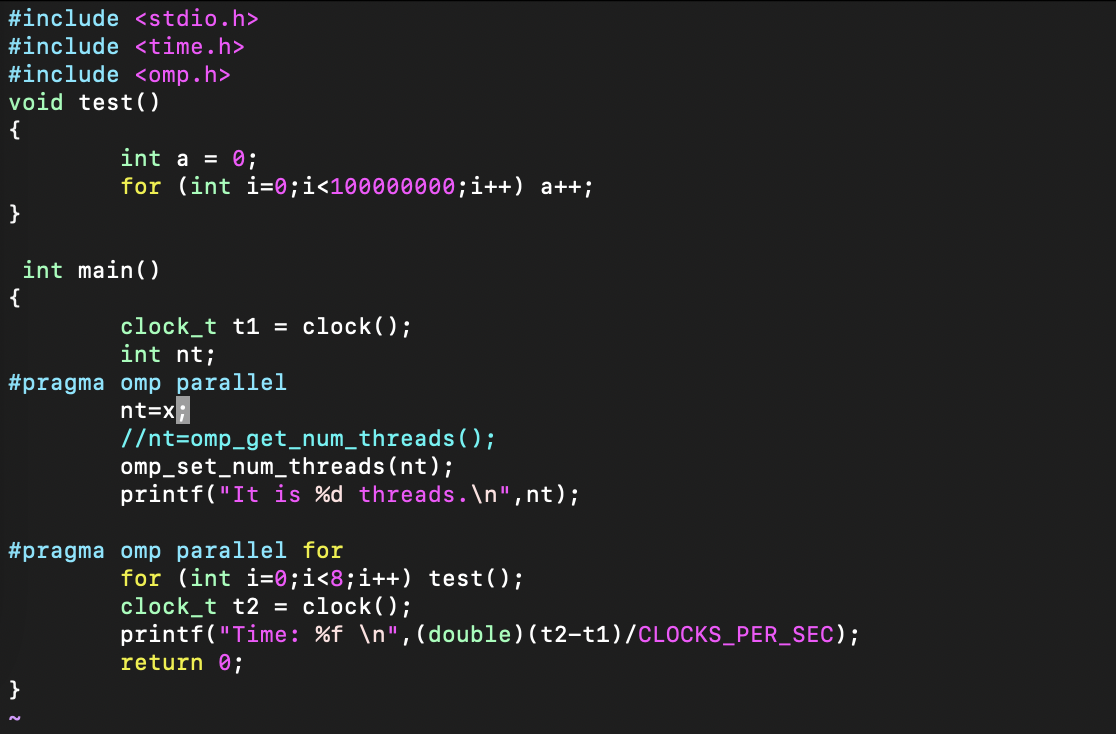
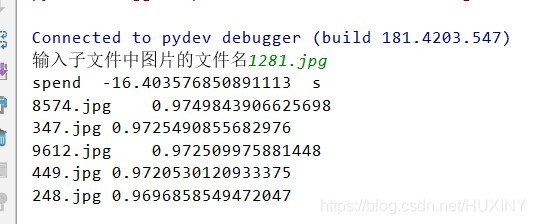
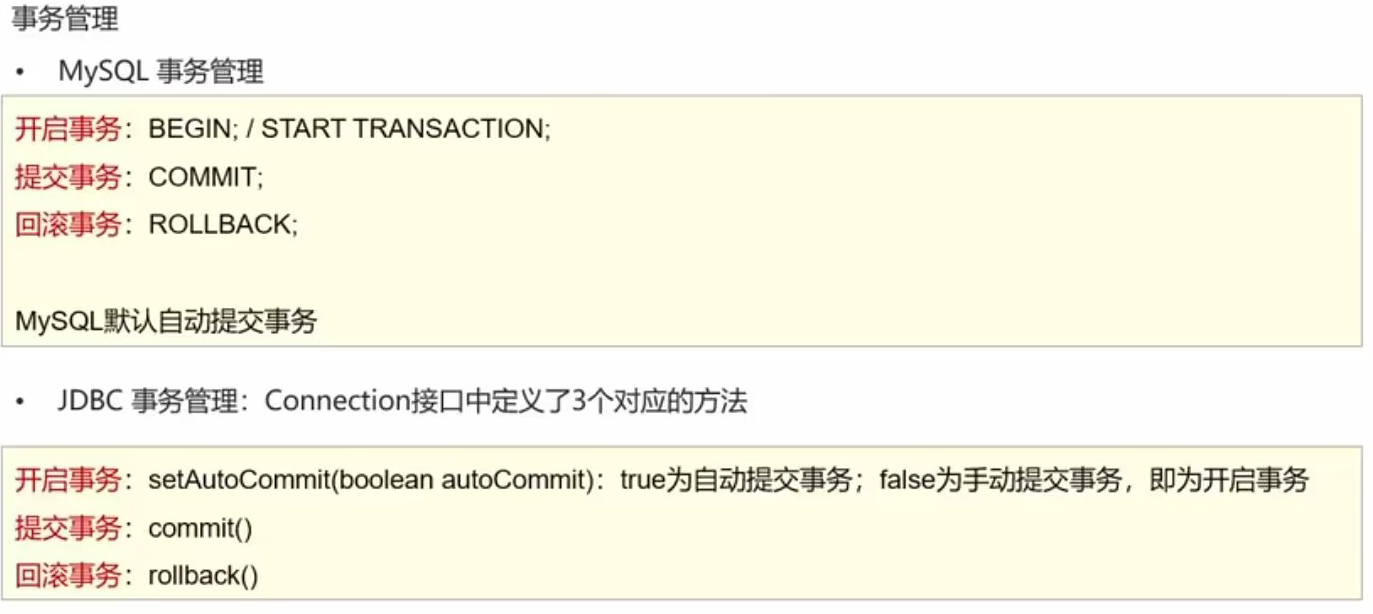
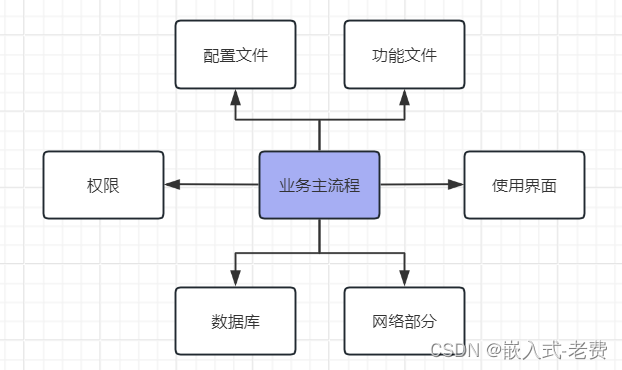




![[Unity错误解决]There are 2 audio listeners in the scene.](https://img-blog.csdnimg.cn/direct/f7274afb3cc644d08db6be8be7f60211.png)




